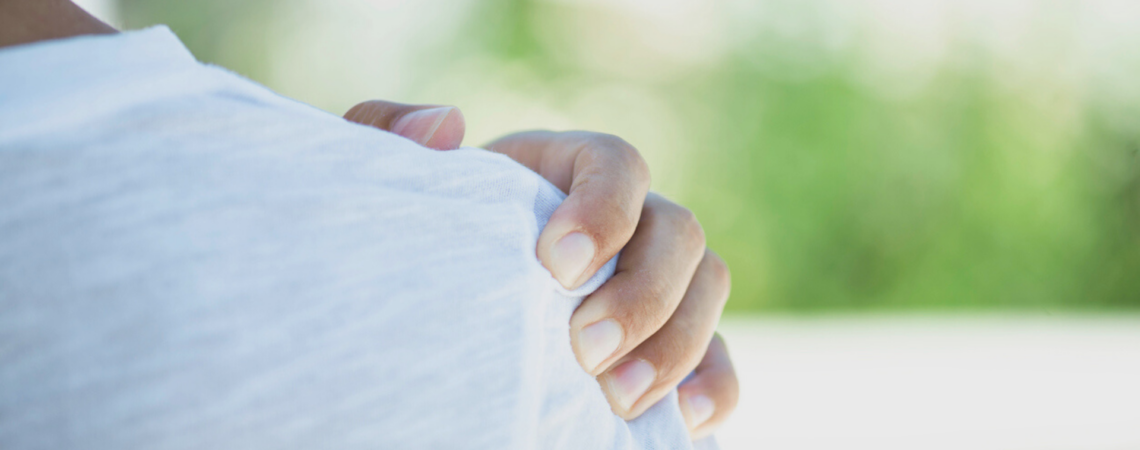Subscribe to our newsletter
Receive news and benefits on health and wellness.

SHA Magazine Fitness
The physical, emotional and spiritual are all connected and interrelated in the human body. That is why anxiety and prolonged stress not only cause mental symptoms but can also lead to physical ailments such as muscle knots, tension or stiffness. “Most of the time, an earlier muscular imbalance is the real origin of the pain, which is aggravated by ongoing stress or states of anxiety”, says José Luis Tabueña, head of the Physiotherapy Unit at SHA Wellness Clinic. “So, when the muscle isn’t in good health, continuous stressful stimuli accentuate tension and pain”.
This means that good physical and mental health is the best way to prevent and alleviate contractures caused by poor emotional management. But, as José Luis explains, “if you want more effective results, work on the musculature to strike the right muscular balance. This way, you’ll be better prepared when you’re faced with a stressful stimulus. Muscle imbalance happens because you use some muscles more than others and this leads to compensations that affect the muscles from working together in harmony, which makes you more vulnerable and sensitive to muscle pain caused by stress or anxiety”. To avoid this, José Luis recommends a series of the most effective exercises, disciplines and therapies:
Receive news and benefits on health and wellness.
